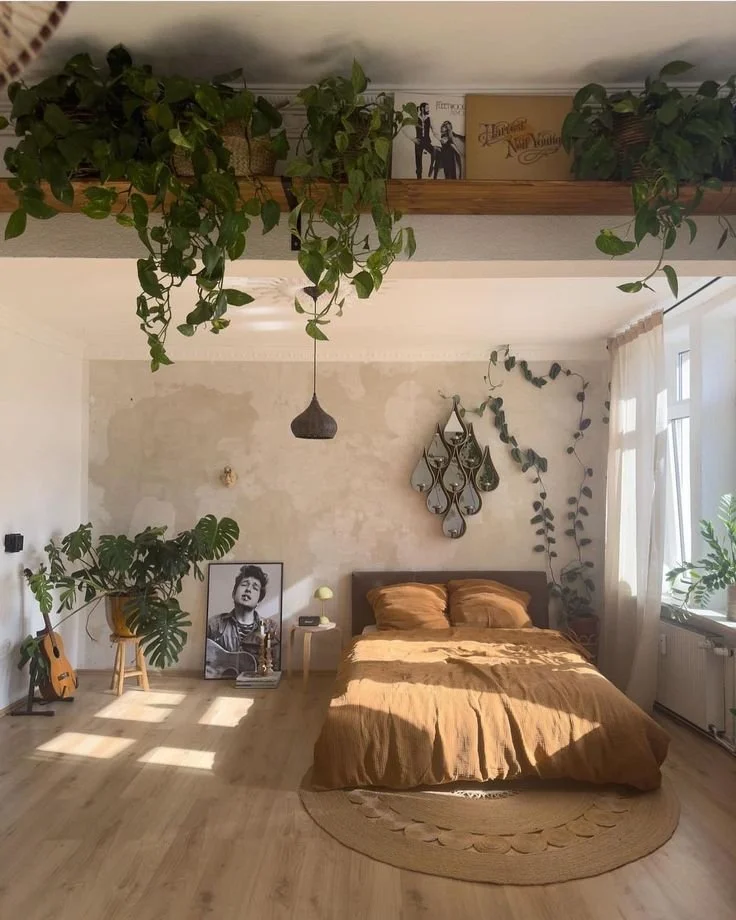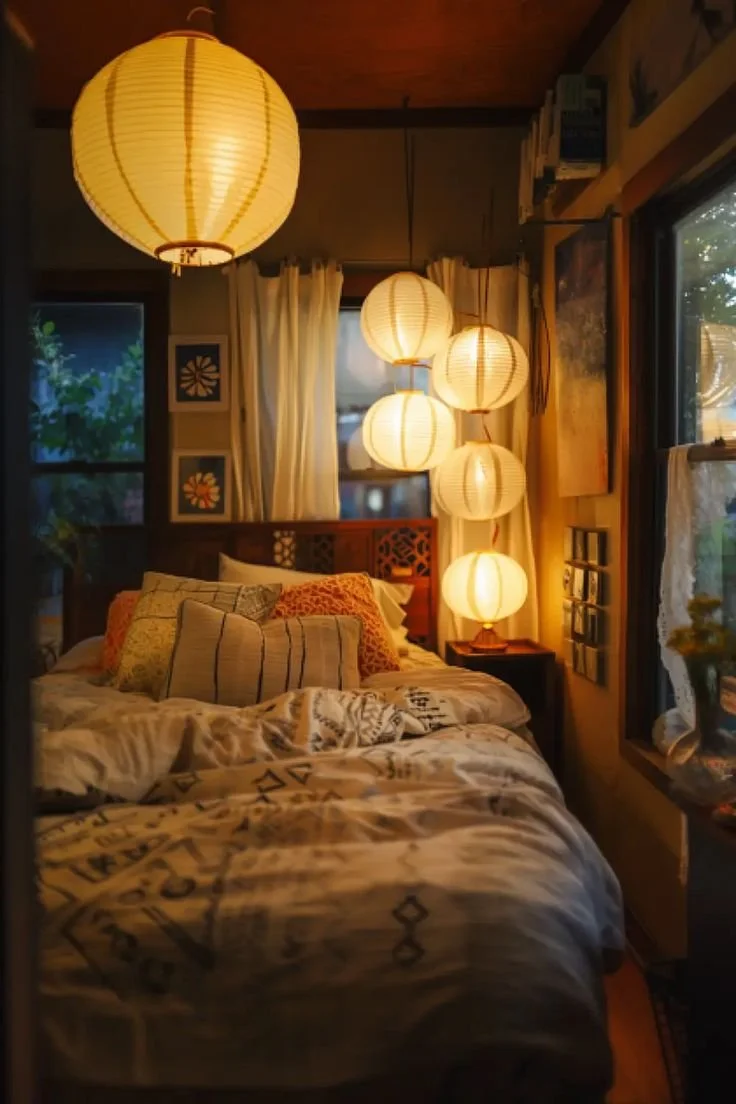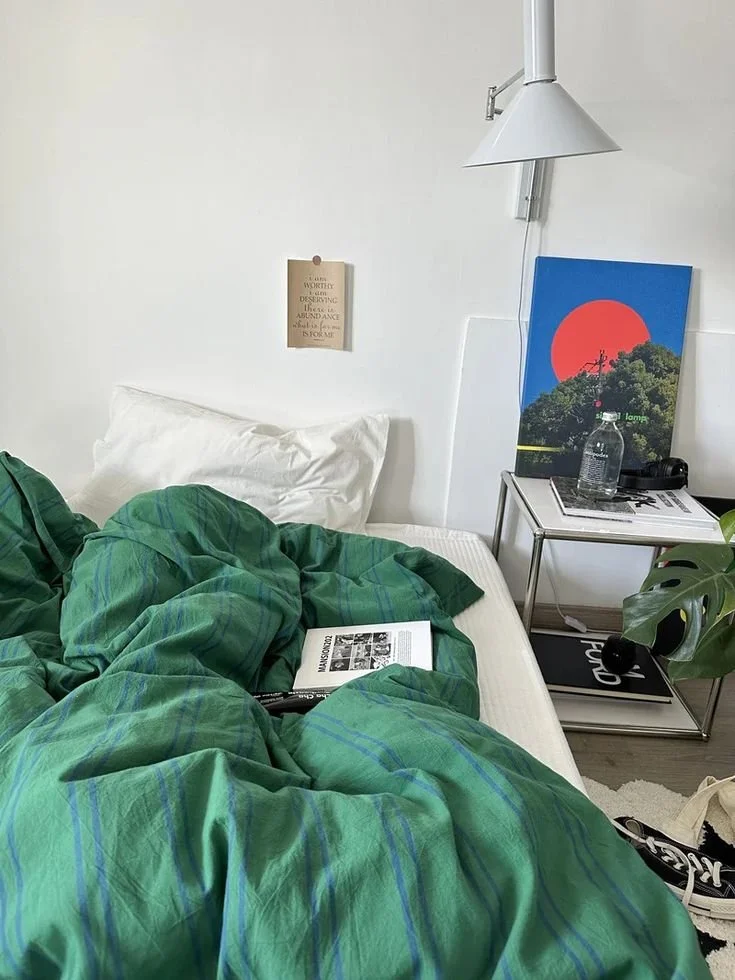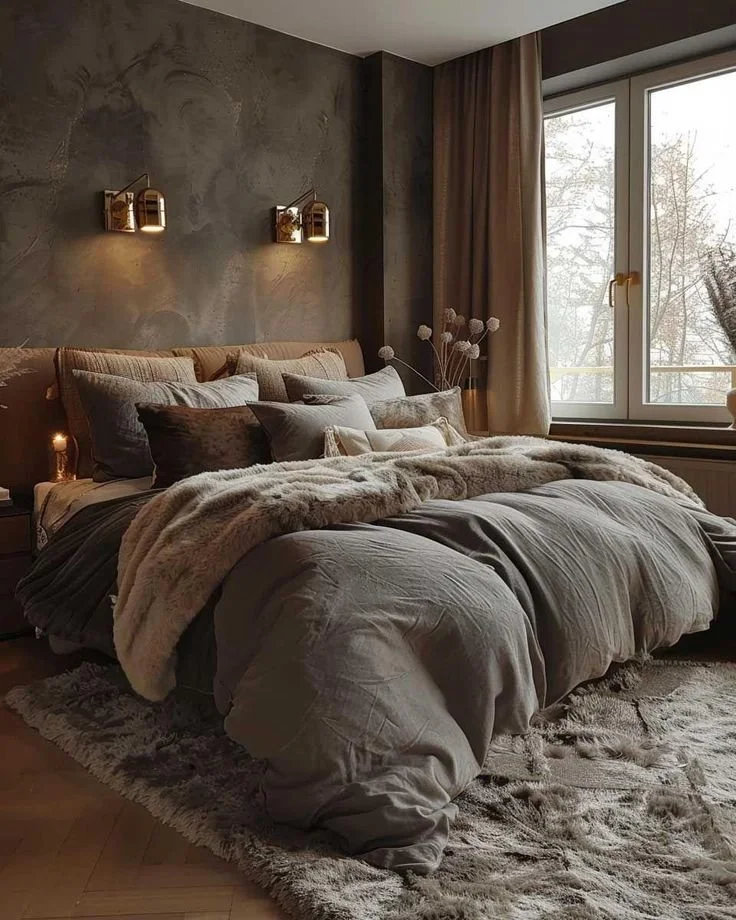How to Design an ADHD-Friendly Bedroom That Helps You Sleep Better
If your relationship with sleep feels more like a frenemy situation, it might not be your bedtime routine that’s the problem—it’s your bedroom. Think about it: your space is more than just a place to crash. It’s where your brain flips the switch from overdrive to finally chill.
A bedroom that works for you (and your ADHD brain) isn’t just about aesthetics. It’s about function. It’s your brain’s version of chamomile tea—designed to signal relaxation mode so you can not only fall asleep but (plot twist) stay asleep.
So, let’s talk about how to turn your room into a soothing, sleep-inducing space that your brain will thank you for.
1.Kick the Clutter, Keep the Calm
Your ADHD brain is a professional overthinker, especially when surrounded by chaos. If your bedroom feels more like a storage unit than a sanctuary, it’s time to declutter. But here’s the trick: don’t go full Marie Kondo with hyper-organized bins and labels. Instead:
Remove all clutter from the room — You heard me. I’m not a minimalist and never will be, but your adhd brain will attach a thought onto anything that isn’t in it’s designated home, and that typically leads to feeling guilty. Instead, just remove that as an option. Any visual chaos in your bedroom should live behind closed doors, or be extracted. This is your mission.
Pro tip: Less visible clutter = fewer things for your brain to spin about when you’re trying to sleep.
THE ONE EXCEPTION: You can have as many plants in your bedroom as your can fit. Attention Restoration Theory states that incorporating natural elements into our spaces helps reduce stress.
2.Lighting: The ADHD Sleep Cheat Code
Lighting isn’t just about what looks good—it’s one of the strongest signals to your brain that it’s time to relax. Bright, white light triggers wakefulness (thanks, blue light!), while warm, dim lighting says, “Hey, we’re winding down now.”
To create a sleep-friendly setup:
Layer your lighting. Combine soft ambient lighting for a warm cozy glow: bedside lamps, string lights, floor globes, hanging lanterns or even a salt lamp. Think layers of light you can control based on how you feel.
Use dimmable bulbs and smart plugs: If possible, swap out your bulbs for warm-toned, dimmable ones that let you adjust the mood. You can also program smart plugs to turn on your “wind down” lights at the same time everyday as a visual trigger to slip into rest mode if you arn’t there yet.
Avoid the phone trap: If you’re reading this and you actually don’t scroll on your phone before bed, I’m so impressed with you! Even though we know its bad for our sleep, we still do it— so lets meet in the middle. I’m not going to be hypocritical and tell you to ditch the phone, but I will encourage you to follow up your scroll with reading, even if its just 5 minutes. Not a big reader? Grab a kids book with enchanting visuals and minimal words- the point is to transition from the blue light.
Clean + Eclectic
Use string lights and electric candles for a more bohemian look
3.Balance: The Secret Sauce for ADHD-Friendly Design
When it comes to personal style, your bedroom should reflect who you are—but also help your brain chill. ADHD brains need balance: enough stimulation to feed the adventurous part of your brain, but not so much that your space feels overwhelming.
Muted Tones + Texture: If you love neutral, calming tones, make it interesting by incorporating various textures and patterns. An embroidered throw pillow, an abstract art piece, or funky shaped vase can add a spark without disrupting the overall vibe
Bold Design + Neutral Foundations: If you love bright colors, don’t fear— they still have a place here. The overall visual feel should be grounded and calming, so it can be a good idea to start with a neutral base on your walls, and add bright pops of color through smaller details. Think white bedding with small colorful flowers, a bright bowl to hold your bedside essentials, or a small lamp base.
If you have a large colorful item, (lets say your duvet is cobalt blue) then that should be your primary “accent” and playing with texture and shape for additional items will be your best friend.
Key takeaway: It’s not about stripping your space of personality. It’s about making intentional choices that bring balance to your room and your mind
4. Textures: The Unsung Hero of Restful Spaces
ADHD brains crave tactile stimulation, and your bedroom can deliver this in a soothing way. Layer your space with soft, comforting textures that feel good to touch:
Think fluffy duvets, silky smooth sheets, or a chunky knit throw at the foot of your bed.
Add a plush area rug for a grounding effect when you step out of bed.
Even a stack of soft pillows in different fabrics can create a sensory experience that feels cozy and inviting.
Some of my favorite fabric textures to incorporate in a bedroom are corduroy, linen, cotton, faux furs, knit, and ruching.
5. Why This Matters: Prioritizing Sleep Is Prioritizing You
It’s easy to push sleep to the bottom of your priority list, especially if ADHD keeps you in a cycle of late-night hyperfocus or endless scrolling. But here’s the thing: your brain needs rest to function.
When you create a space that supports your sleep, you’re not just making your room prettier—you’re investing in your health, your focus, and your ability to show up as your best self.
So, take a look at your bedroom. Is it helping you unwind? Or is it adding to your mental load? Start small. Remove the visible clutter. Swap out a lightbulb. Add one cozy texture. Little by little, you’ll transform your room into a space that says, “You’ve got this, and you deserve rest.”
Because you do. 🌙
Here’s your ADHD-friendly bedroom game plan:
Declutter by hiding distractions and organizing daily essentials with strategic visibility.
Layer warm, cozy lighting to cue relaxation and wind-down mode.
Balance bold design choices with calming neutrals to keep your space engaging but not overwhelming.
Incorporate soft textures to make your room feel cozy, soothing, and inviting.
Frequently Asked Questions
1. What are the best bedroom colors for ADHD brains?
There isn’t just one color, but in general soft, muted tones like a cream, sage green, pale blue, or light gray are calming and promote relaxation. Pair them with small pops of bolder color to keep the space engaging without overwhelming your senses.
2. How do I make my bedroom feel cozy without cluttering it?
Focus on textures—add a soft rug, a few throw pillows, window drapery, and a cozy blanket. Keep decor minimal but intentional, and hide items you don’t use regularly in drawers or cabinets.
3. Why is lighting so important in an ADHD-friendly bedroom?
Lighting directly affects your brain’s melatonin production, which effects ability to sleep. Dim, warm lights create a calming atmosphere, while blue or bright white light can disrupt your natural sleep cycle. Think about replicating the lighting around sunset.
With these tips, your bedroom can become the calm, restful retreat your ADHD brain craves. Start designing your melatonin factory today—you’ve earned it. 🌙








